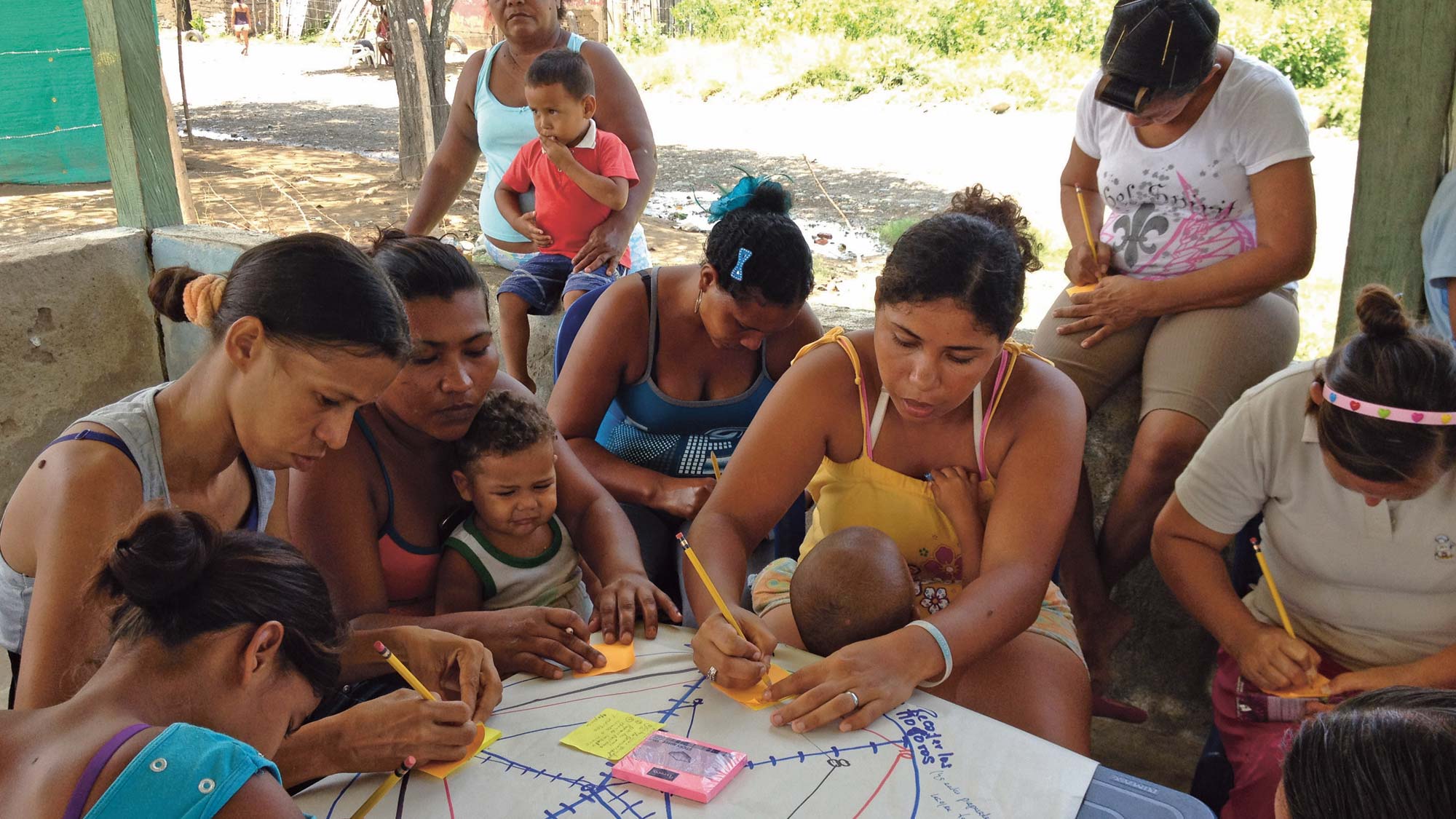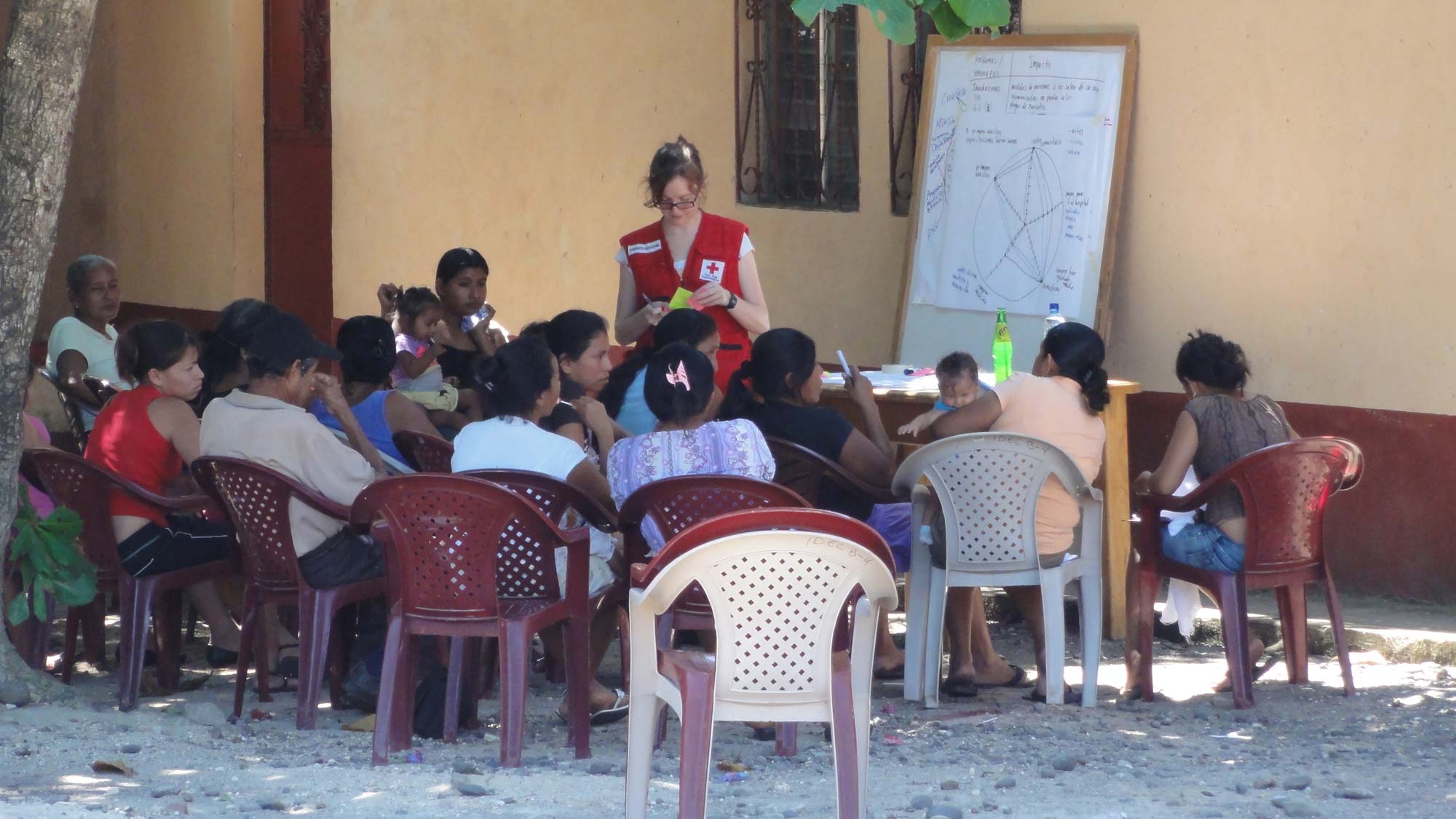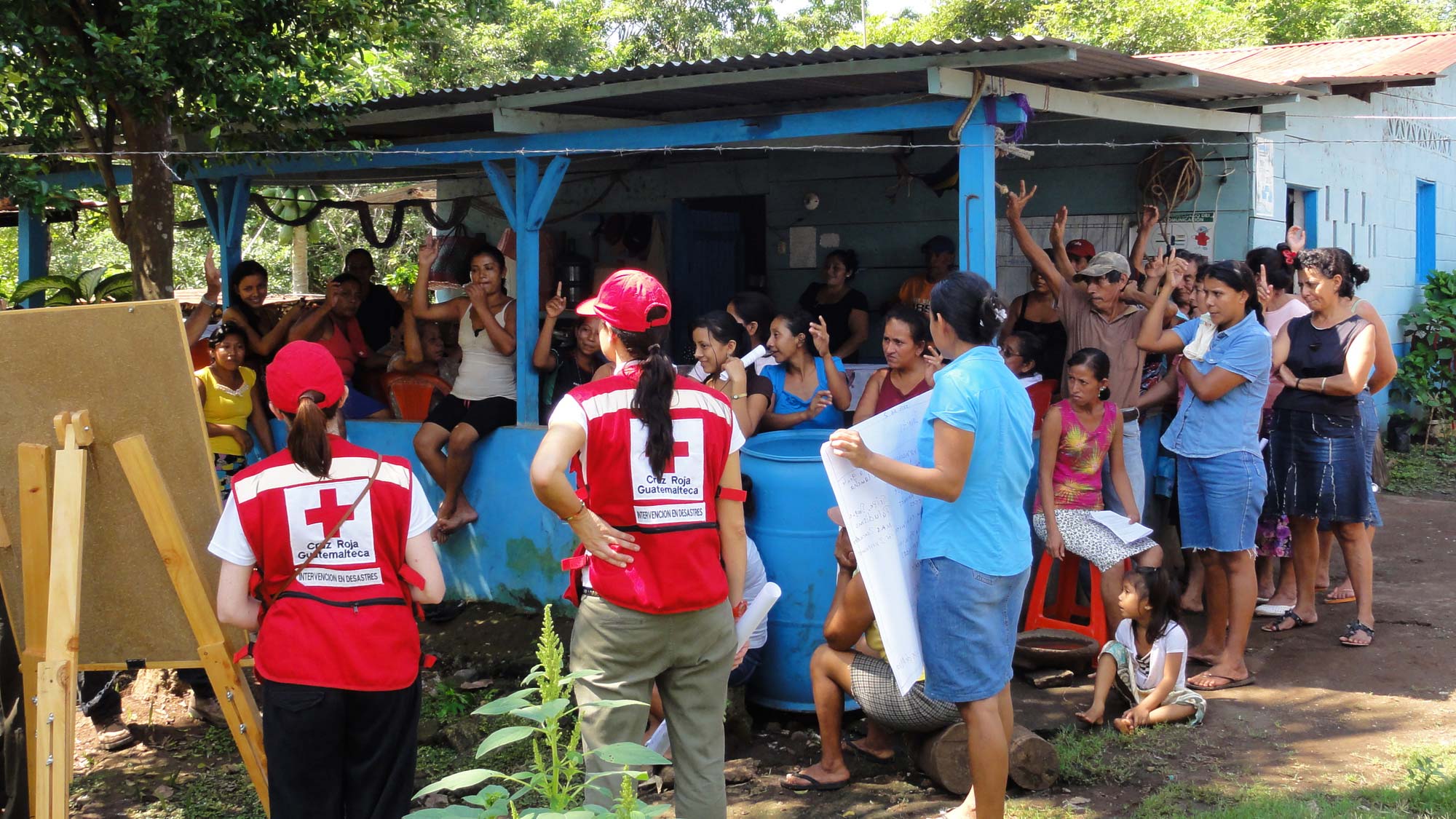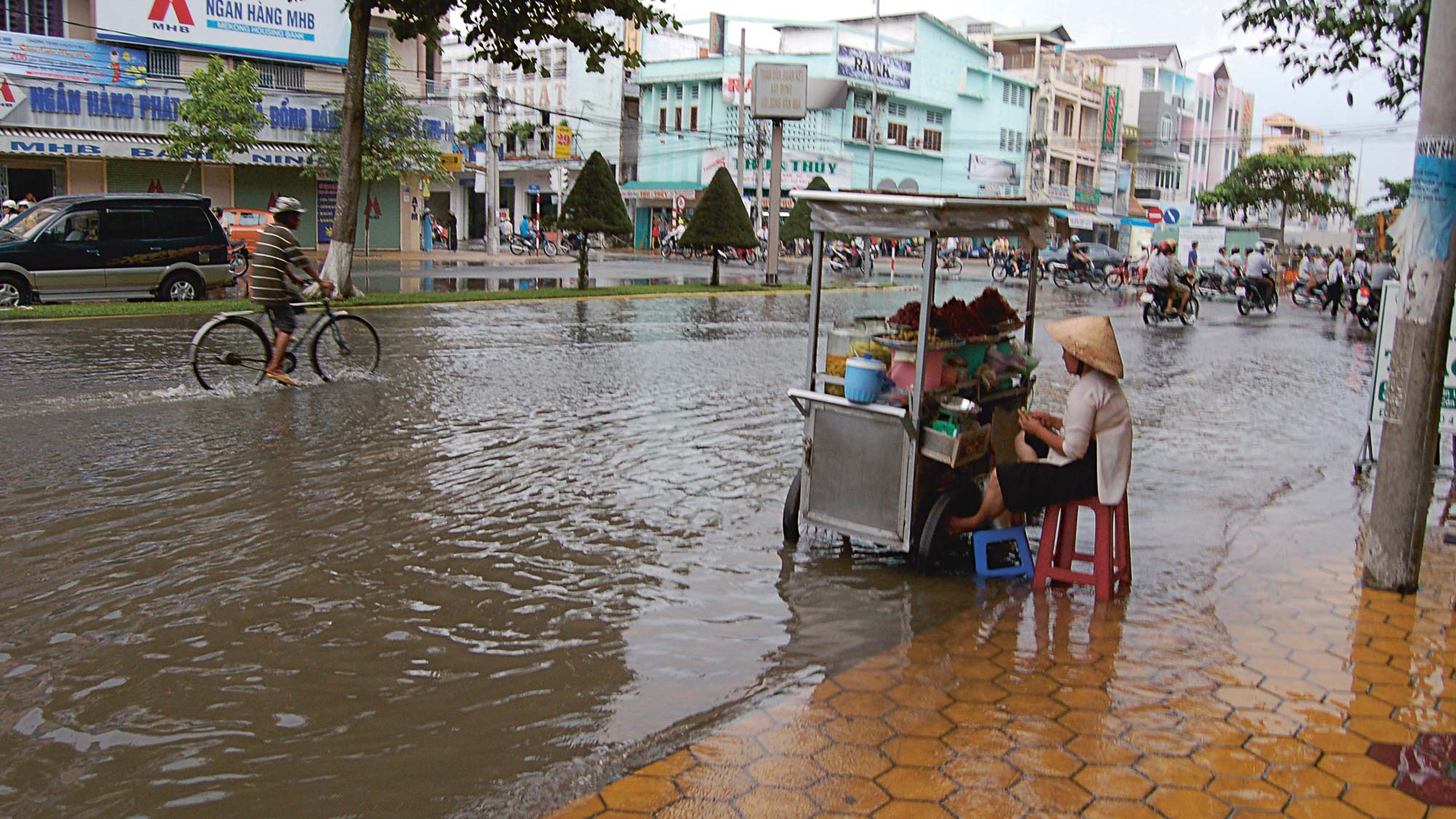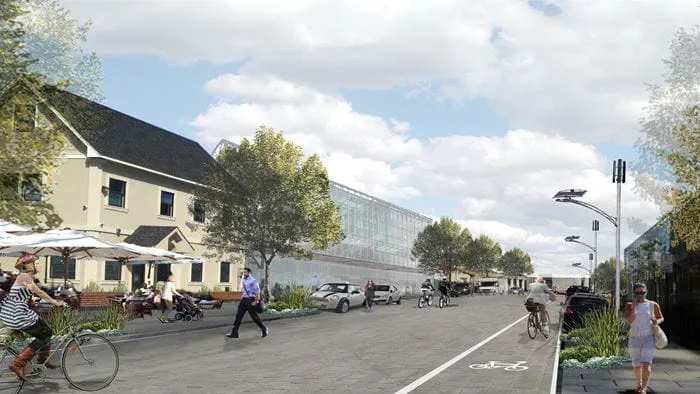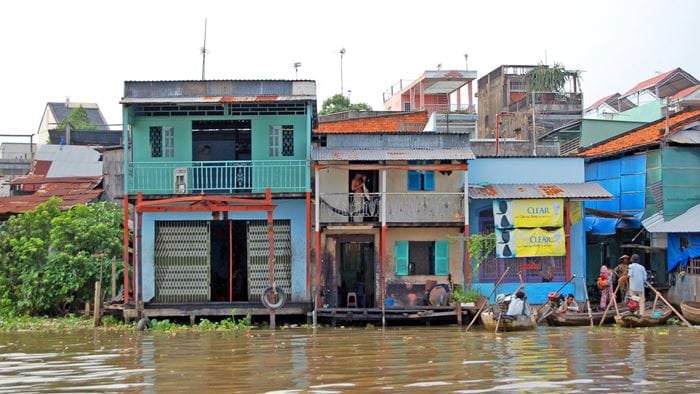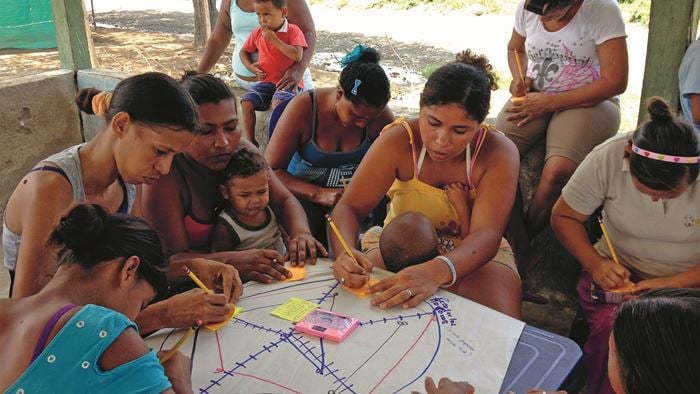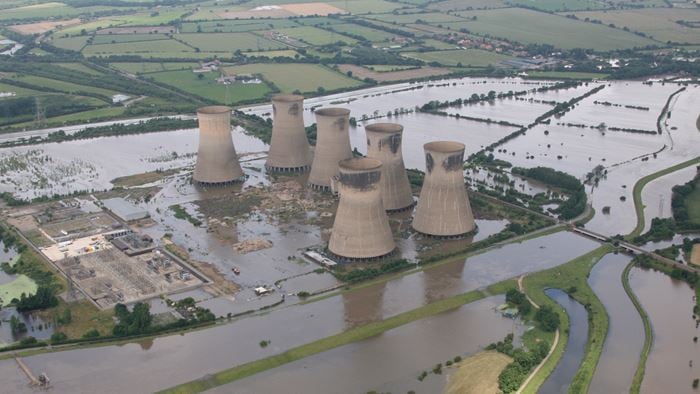Building resilience into the fabric of today’s cities is vital
Not all the shocks that disrupt a city can be prevented. But how we respond to them is very much within our control. Resilient cities, as revealed in our Design Book: 50 city stories explored, can weather both shocks and stresses resulting from many causes, including the effects of climate change.
Small-scale solutions can sometimes do as much as big ideas to help cities plan for known threats and react efficiently to unexpected ones.
Strong foundations
Rooting out vulnerabilities and applying resilience thinking at all levels – local to global – is a crucial step in tackling future problems.
“Everyone – business, government, civic society, academia and NGOs – has a role to play in building resilience, and everyone stands to benefit. ” Judith Rodin President of The Rockefeller Institute.
Globally, our work with The Rockefeller Foundation has led to the creation of the City Resilience Framework and Index. For the first time, this sets out a way for cities to understand, assess and measure their own resilience. As a result, they will be better able to share ideas and learning, as well as planning and investing to ensure urban communities are well-placed to survive and thrive a broad spectrum of risk.
Of course, it is not just large-scale initiatives that make a difference. Community groups can transform cities’ ability to be resilient. Our work with the International Federation of the Red Cross and Red Crescent is reducing risk at this micro level. By looking beyond infrastructure solutions, to identify factors that aid social cohesion within and between communities, we’re helping prepare them to tackle challenges better, together.
Rebuilding better
No city is immune to natural disasters, but they can learn from previous events. In New York and New Jersey, we’ve been working with local communities and the government to rebuild after 2012’s Hurricane Sandy. We’re developing and executing plans to ensure areas can withstand the ongoing threat of flooding and rising sea levels.
We’ve used small-scale initiatives that cumulatively – and cleverly – make a big difference. Projects have ranged from helping to develop action plans for the rebuilding of communities and damaged housing stock to the design of a waterside community that can bounce back quickly from flooding.
Rising to the challenge
Tackling the problem itself is also crucial. Ninety-eight percent of the C40 cities have said that climate change presents a significant challenge to them. Working with the C40 Cities Climate Leadership Group, we used data from more than 200 cities to estimate what the impact on our climate in 2050 would be if 3,000 cities took the same steps to reduce emissions. Together, we can effect real change.
“Cities have the power, the expertise, the political will and the resourcefulness to continue to take meaningful climate action. More than ever before, they are at the forefront of the issue of climate change as leaders, innovators and practitioners. ” Michael Bloomberg President of the C40 board, 108th mayor of New York City
Design Book: 50 city stories explored
Read an electronic version of the Design Book
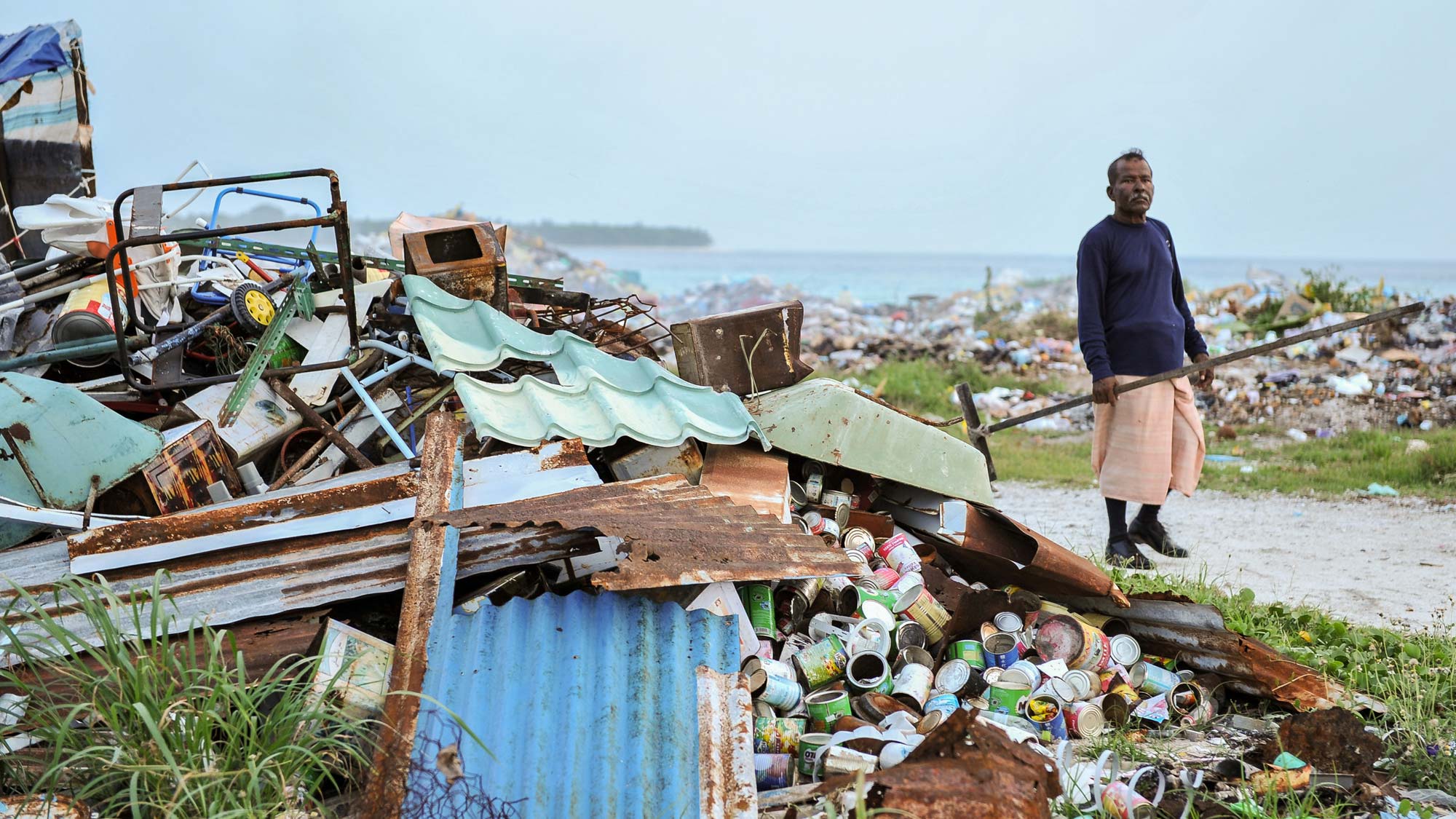 ;
;

